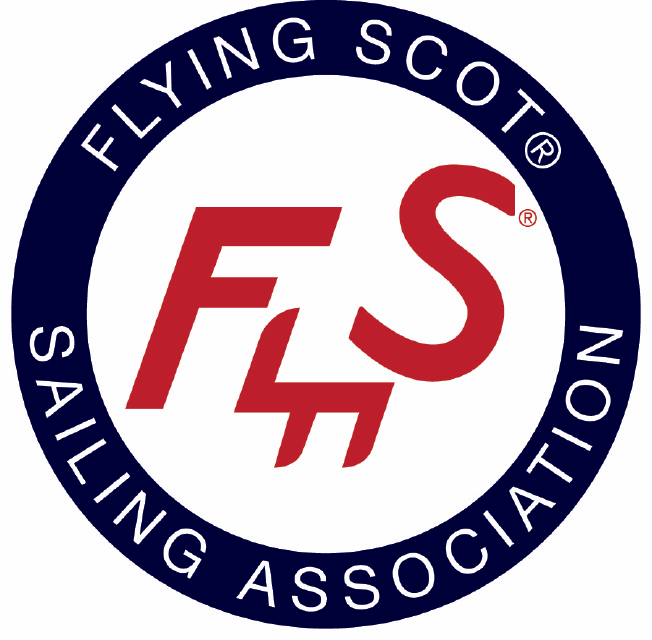Web Lifting Bridle Safety Advisory
We have received two reports this year that web lifting bridles have failed, resulting in Flying Scots falling from the hoist. Both of these incidents occurred at Toms River Yacht Club. Fortunately, there were no injuries and only minor damage to the boats. We are not aware of any similar failures during the almost 10 years we have been selling these bridles. It is difficult to determine why these particular bridles, which had been in use for years, suddenly failed but we want Scot owners to be aware of the potential danger and to reinforce the need to properly maintain and inspect these bridles.
We developed the web lifting bridle in the mid-nineties as an alternative to the stainless steel cable bridle. The web bridle has the advantage of being easy to stow and less hard on the boom and centerboard cap. It is unreasonable to expect, however, that the web bridle will have a product life comparable to the stainless steel cable. The web bridle is manufactured using a very high quality thread. It is very resistant to deterioration from exposure to UV rays. It does not, however, last indefinitely.
In order to prolong the life of the bridle you should follow similar maintenance procedures you use to care for your sails. The web bridle needs to be stored dry and out of the sun. It should be washed with soap, rinsed thoroughly and dried a couple of times a year to remove salt and/or other impurities that may have accumulated in the material. Before each use, inspect the web and pull the stitching hard to be sure there are no broken threads.
While lifting the boat, check twice to be sure the bridle is not caught on a boom or centerboard trunk fitting, the edge of the centerboard cap or the deck edge. The web bridle will tear easily if loaded while caught. Finally, NEVER GET UNDER A BOAT WHILE IT IS HANGING ON A HOIST!! We see this at regattas all the time and it is like playing Russian Roulette. A set of high cradles or even a couple of empty 55-gallon drums would make working under the boat a lot safer.
If you have doubts about the integrity of the bridle, DO NOT USE IT!!! Contact Flying Scot, Inc. for information on returning it to be restitched or replaced.
Flying Scot, Inc., 157 Cemetery Street, Deer Park, MD 21550
800-864-7208
info@flyingscot.com

karafiath
Mon, 09/21/2009 - 08:17
Permalink
What size SS cables did you use ? Thanks FS 3512
What size SS cables did you use ? Thanks FS 3512
Dave812
Sun, 12/20/2009 - 07:16
Permalink
Our fleet sails out of Davis Is.
Our fleet sails out of Davis Is. YC in Tampa, the club prohibits wire lifting bridals for hoist launching boats. When the swages fail they can do so with no warning.
Most of our fleet uses nylon straps (with reinforced stiching) or high strength line with spliced ends.
sawyerspadre
Sun, 12/20/2009 - 10:42
Permalink
whr241: I would agree that the bridle you are building seems
whr241:
I would agree that the bridle you are building seems sketchy.
I have a stainless cable bridle from flying scot, and it seems to be about 1/4 to 3/8 inch cable and super beefy. The ring and cable look like they were made to lift a 747. I don't think this version is made any longer.
The drawback is that it is not easy to store on the boat, and it can be abrasive to the sails. If it catches on the corner of the deck near the bolt as you lift the boat it can take a nice chunk of gelcoat off real fast.
My impression is that the Web Bridle is the one from FS Inc. now, and that it is easy on sails, can be stored more easily on the boat, and is proven by many Scot sailors. As Harry's post says, these things can wear over time (no matter how they are made), so be safe. I would go with the bridle from Harry.
Phil Scheetz
FS 4086